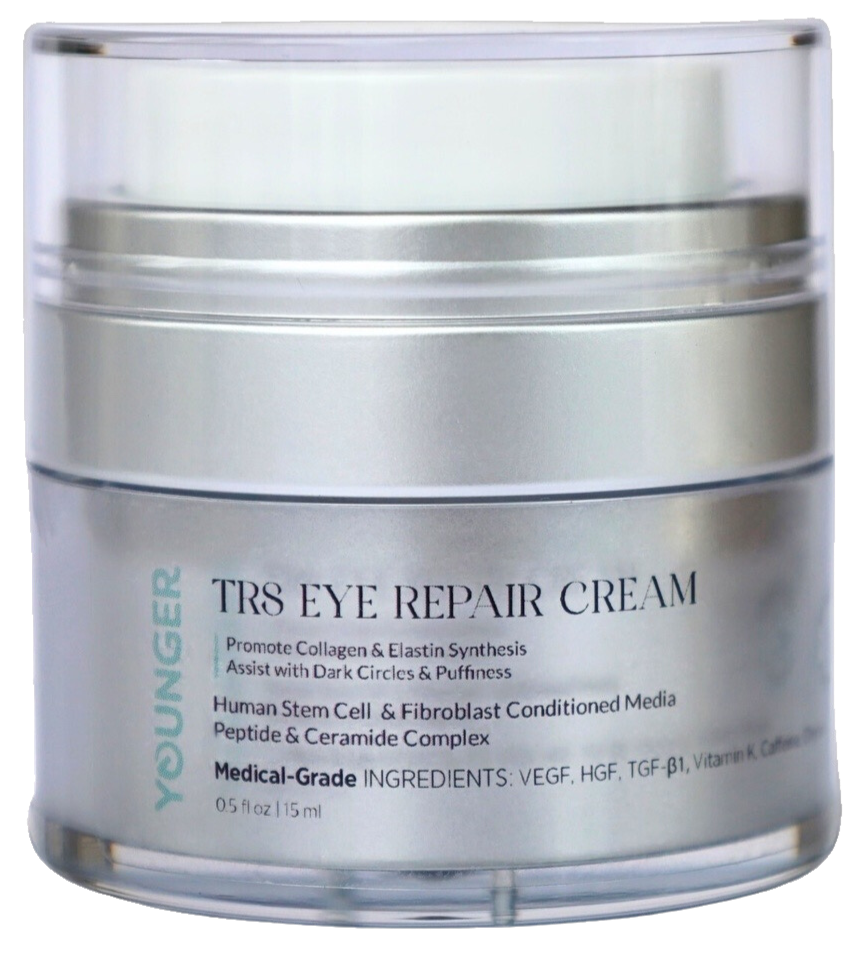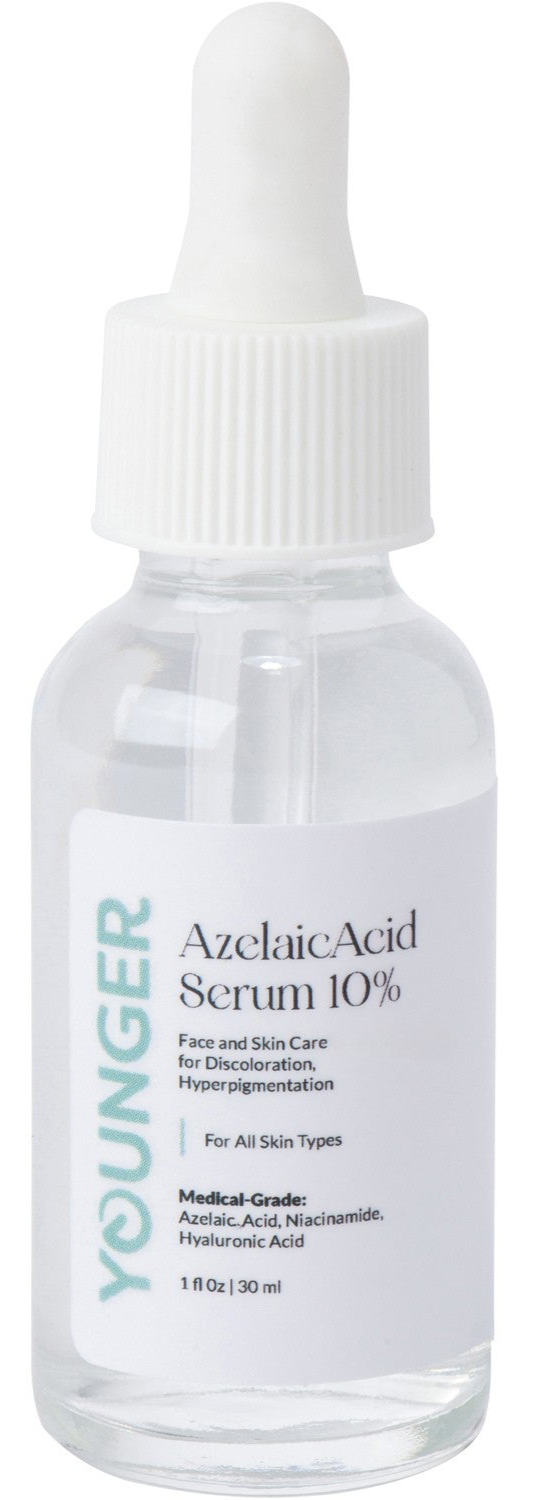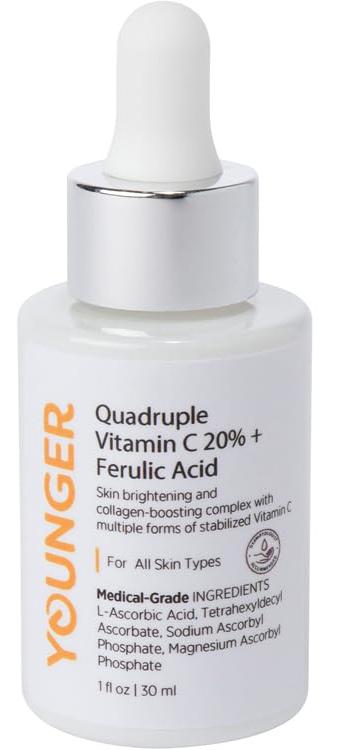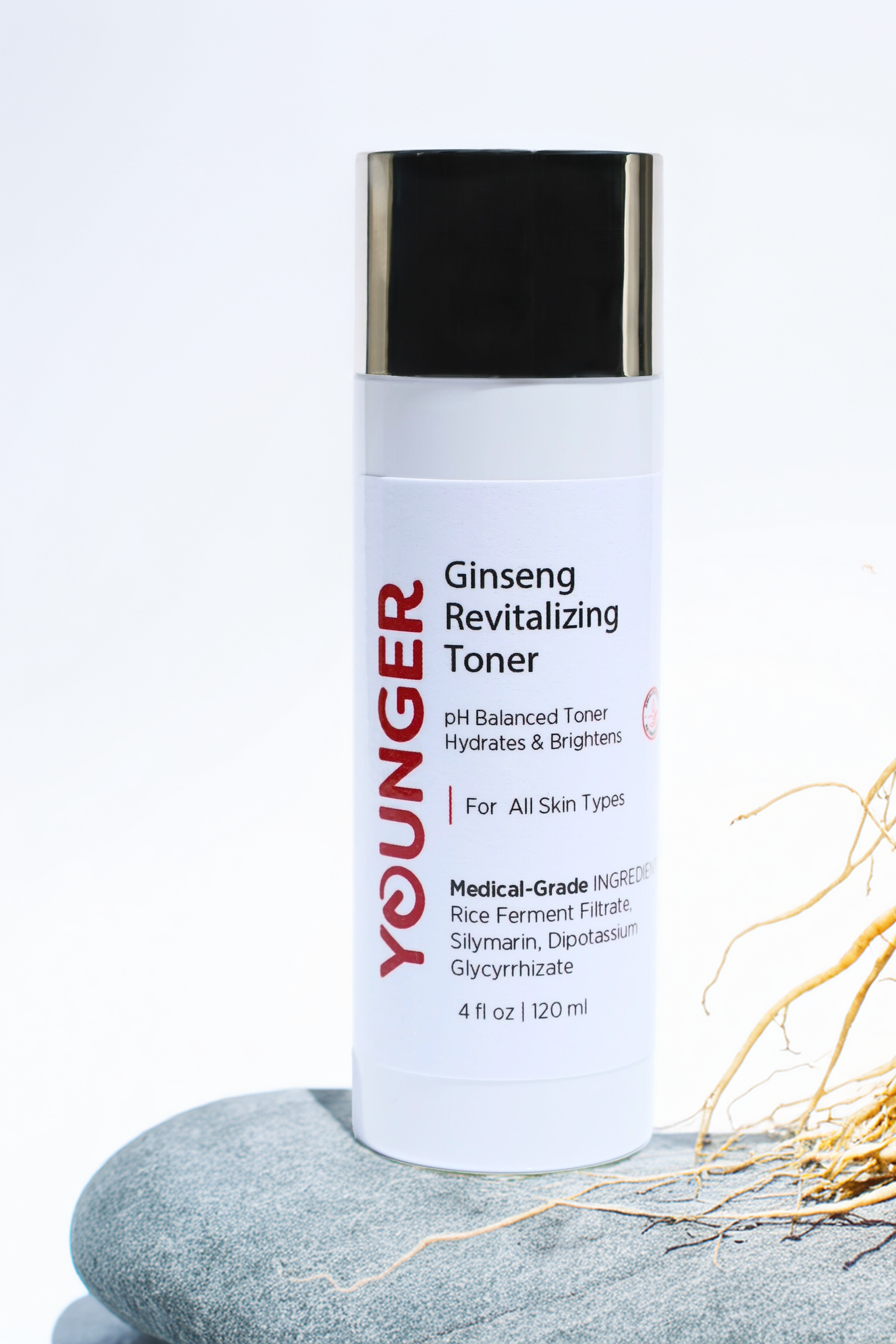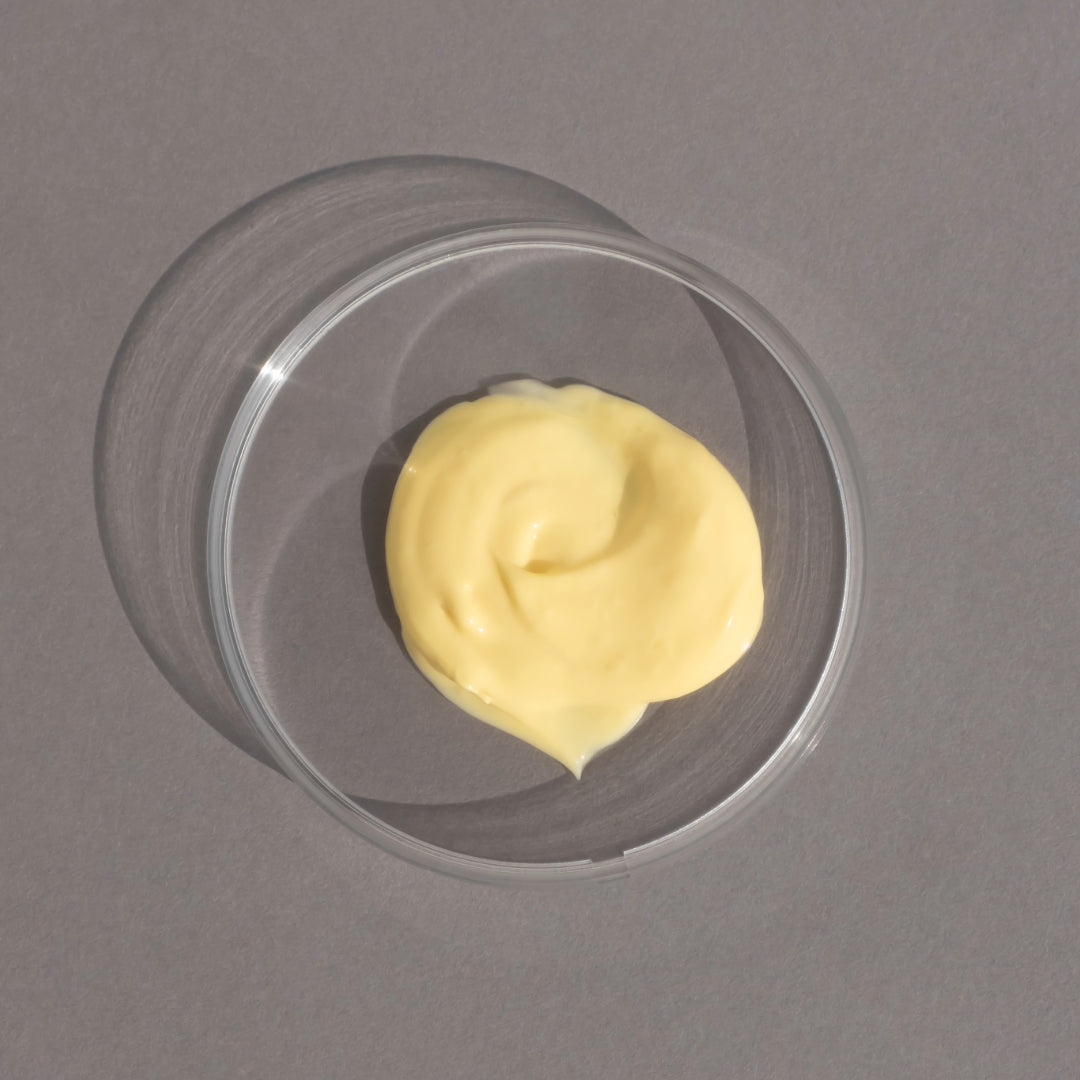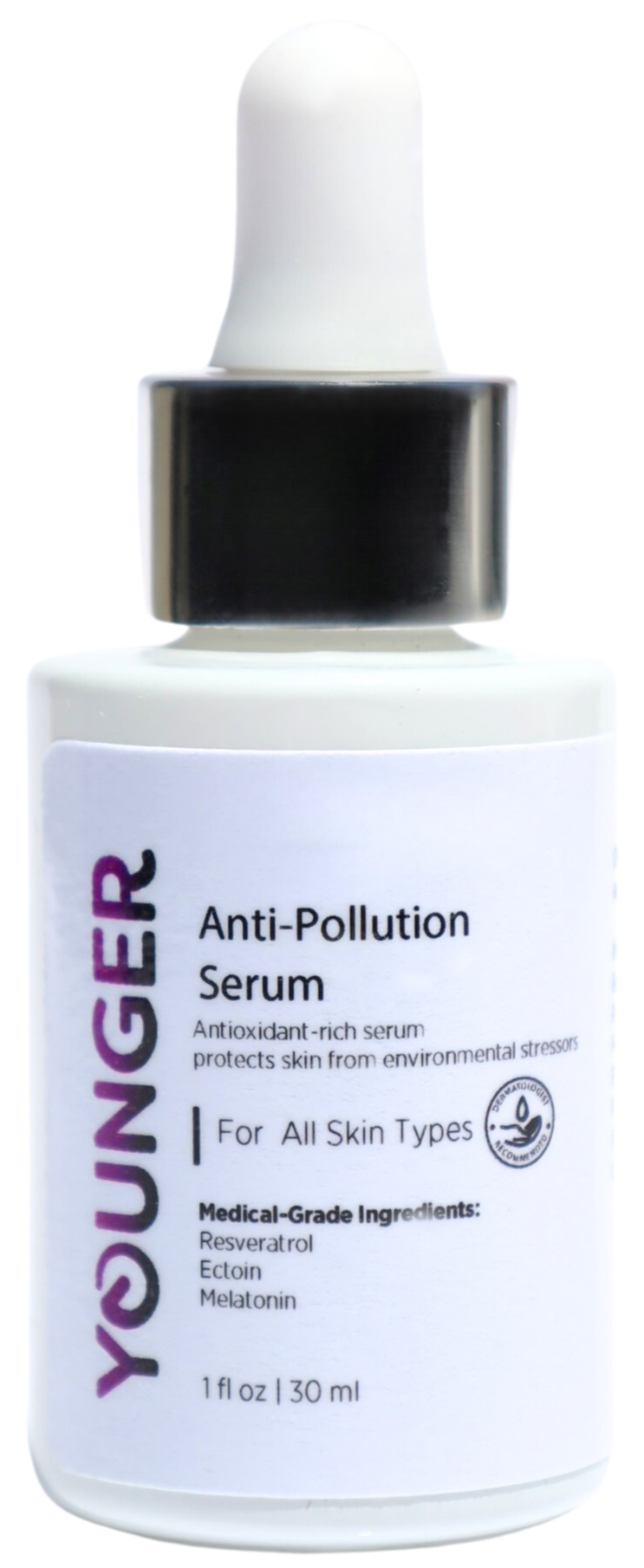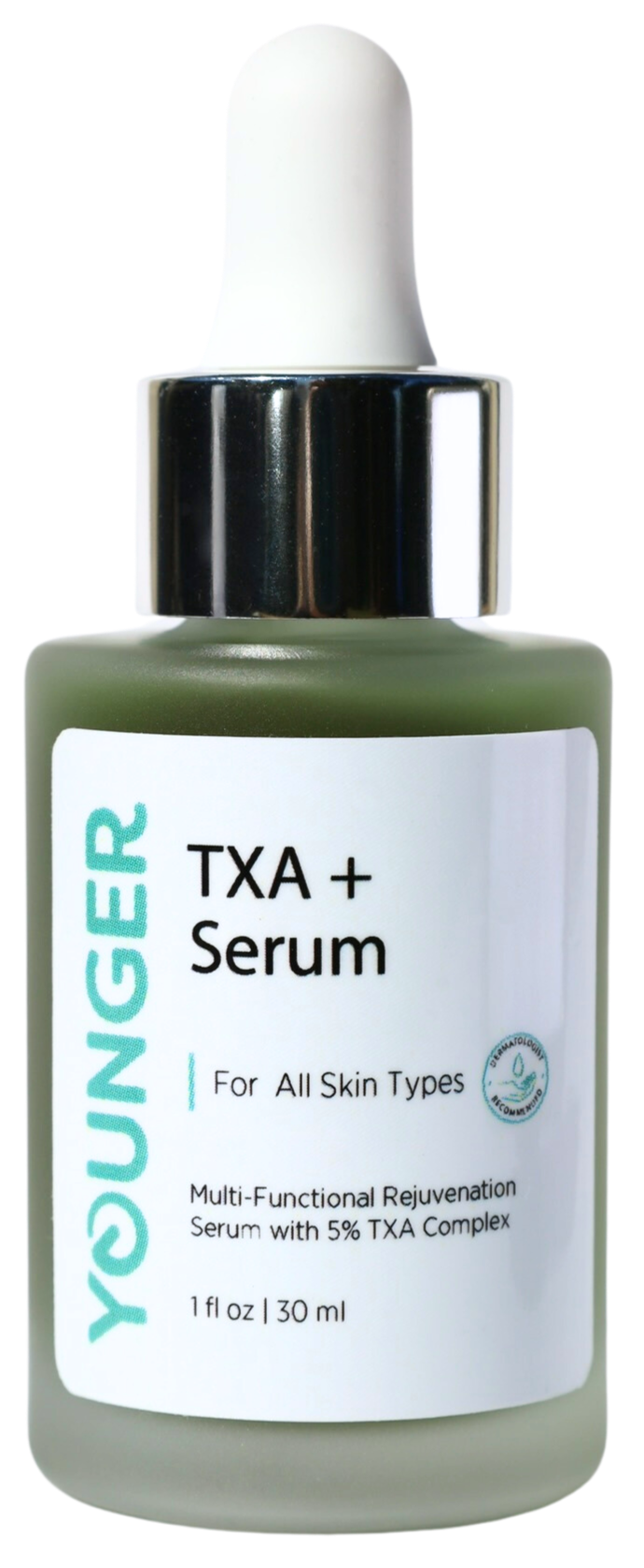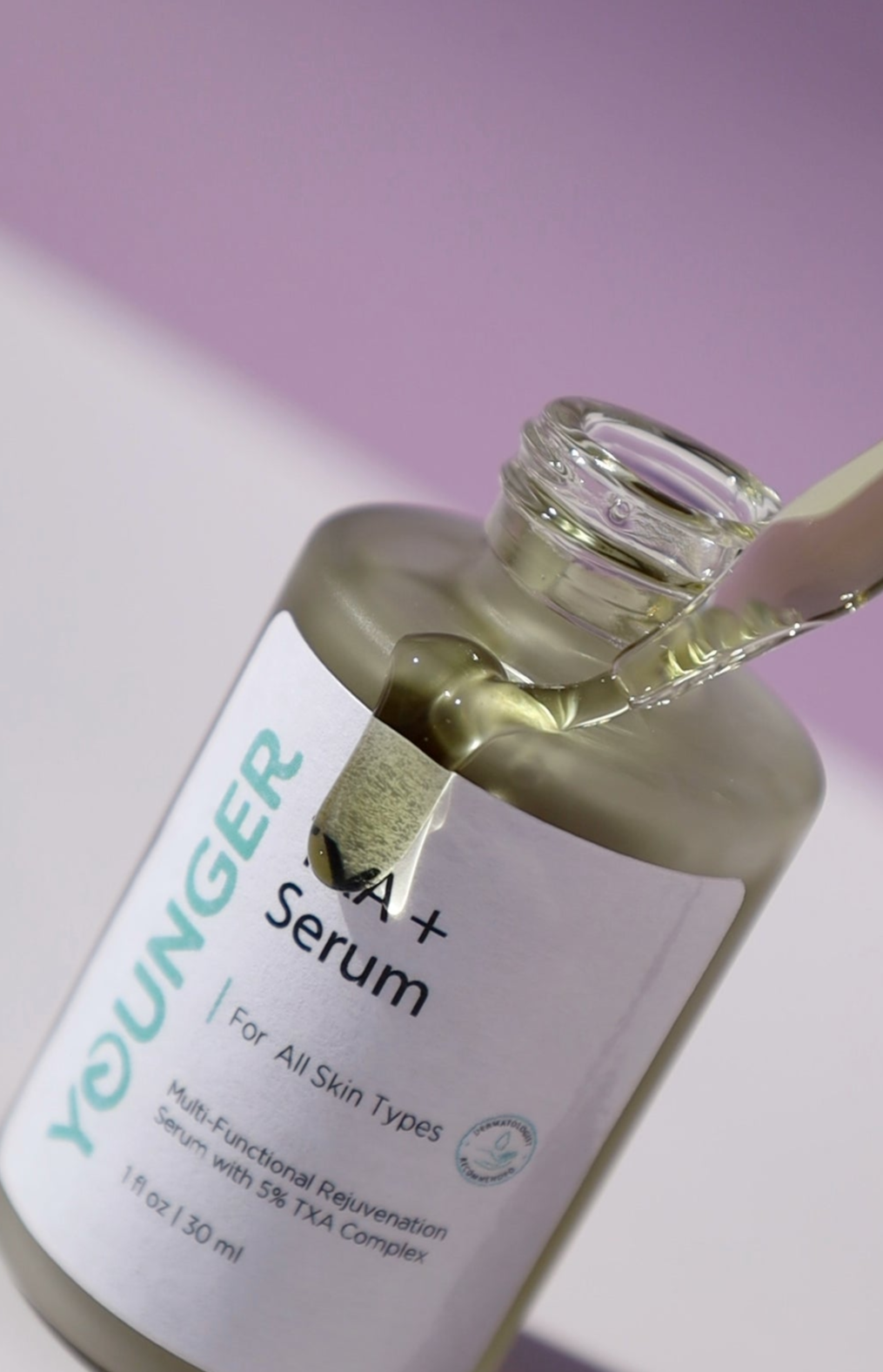What is Retinaldehyde?
Did you know that retinaldehyde is like a superhero in the world of skincare? It's part of the vitamin A family, also known as retinoids. These amazing ingredients work wonders for your skin by boosting cell turnover and improving its tone, texture, and clarity. They also help stimulate collagen production, which reduces fine lines, wrinkles, and enlarged pores. Cool, right?
How does Retinal differ from Retinol?
Did you know that retinaldehyde is the closest molecule to prescription retinoids like tretinoin? In simple terms, this is the most potent form of vitamin A that you can get without needing a prescription.
What benefits can you receive from using Retinal in your skincare routine?
Improves Aging Skin: As we get older, our skin’s cell turnover slows down, causing a buildup of dead skin cells. But don’t worry, retinoids come to the rescue by increasing cell turnover, giving you brighter and more even skin.
Using retinoids, like retinaldehyde, can help stimulate collagen in your skin. This process happens in the deeper layer of the skin and brings anti-aging benefits, improves elasticity, and repairs connective tissue. As a result, you’ll notice fewer wrinkles and fine lines.
Helps Hyperpigmentation: Retinoids are great at reducing excess pigmentation, which is why they’re often used to address concerns such as melasma, sun damage, and post-acne marks.
Pore Perfection: By speeding up cell turnover and acting as a chemical exfoliant, retinoids help unclog pores and reduce blackheads. That's why they're a key part of acne treatments. Retinaldehyde also balances oil production, which helps reduce the appearance of pores, preventing clogging and inflammation.
How to apply Retinal?
Retinal should be applied only at night and about a large pea size amount for the face and/or neck. Apply a thin even layer avoiding the eyes, lips, and mucous membranes. Always apply SPF 30 or higher during the daytime when using retinal.
How long to start seeing results?
Results can start to be seen at the 4-6 week mark.
How to adjust to using Retinal?
When you first start using Retinal, you might notice some mild dryness, flakiness, and temporary purging as your skin adjusts to this new ingredient. To help your skin get adjusted, try using Retinal twice a week for two weeks, and then gradually increase to every other night or every night, depending on what your skin can tolerate.


